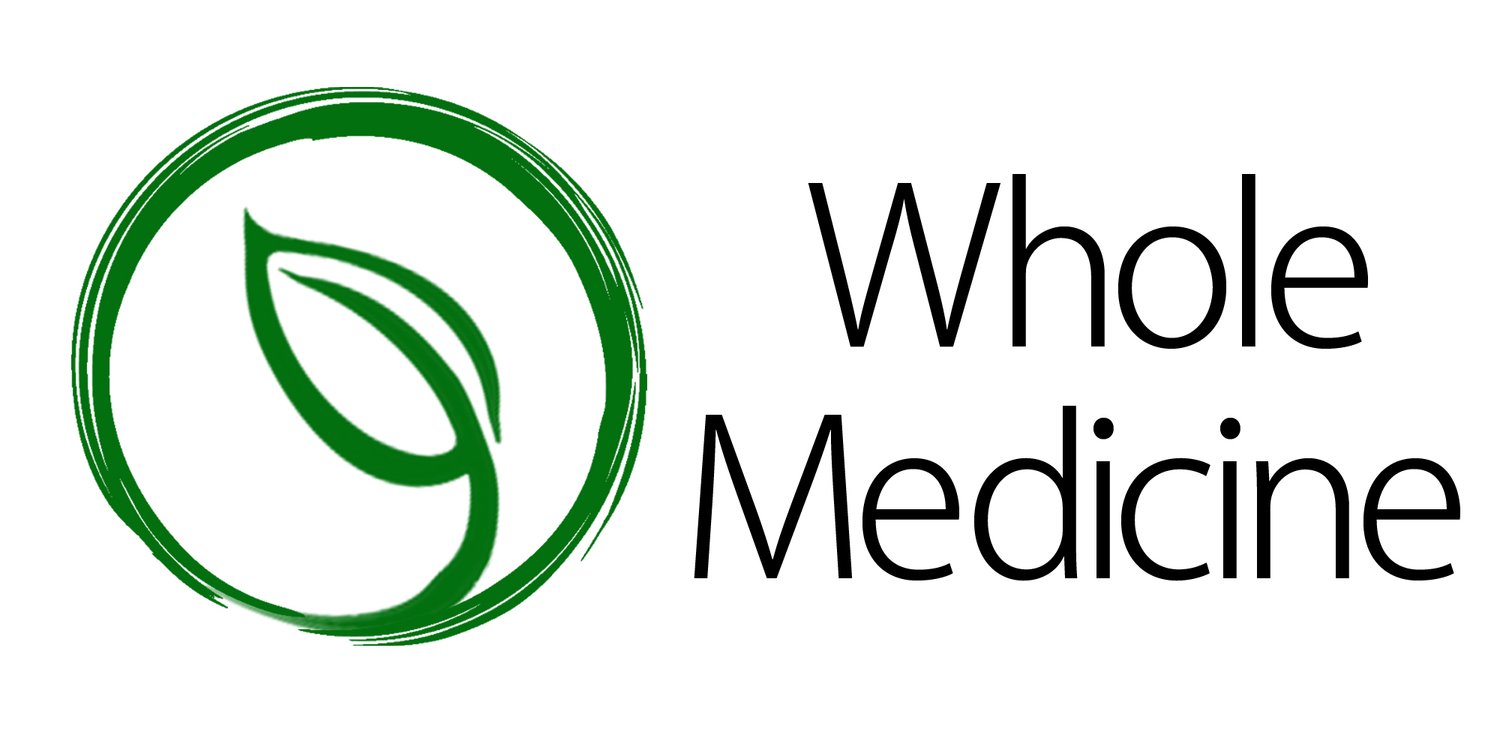Protein and Menopause
Protein is an important macronutrient at any stage of life, but especially during menopause. During menopause, decreasing levels of estrogen is often associated with an increase of visceral fat mass and a reduction of lean tissue (muscle). The changing hormonal levels in your body also induce tissue protein breakdown in your body. Therefore, it is important that your diet include enough protein to protect against muscle loss and obesity, and promote bone health. Beyond these benefits, eating enough protein is a critical component of a healthy diet – consuming protein as part of a balanced diet can help protect against other conditions, like heart disease and diabetes.
How much protein do I need?
The recommended daily allowance (RDA) of protein for the general population of adults is 0.8 g/kg of body weight/day. However, this number is based off of the minimum amount required to meet your basic needs and prevent you from becoming sick. But evidence suggests a goal of 1-1.2 g/kg of body weight/day after going through menopause. This is because as you age, the body becomes less sensitive to protein. Increasing the amount of good quality proteins you eat, helps make sure your body has enough protein to meet the unique needs of menopause and aging.
Does it matter when I eat protein?
Our bodies are better able to utilize protein when we spread our consumption of protein throughout the day. It is especially important to include high-quality protein with your breakfast. Eating a breakfast that is high in protein can support muscle health, help you feel full throughout the day, reduce the urge to snack at night, and improve glucose regulation.
What types of protein should I eat?
It is important to remember that food is made up of more than just “protein.” When increasing protein intake, it is critical to prioritize whole foods that have vitamins, minerals, and other nutrients in them while avoiding large amounts of added sugars and unexpected additives. You can derive protein from both plant and animal sources. You can find many lists of sources of quality, whole food forms of protein online.
10 Tips for adding protein to your diet
Ready to get started? Eating sufficient protein in your diet does not have to be challenging, and you can work on making the changes gradually. Here are some ideas of ways you can modify your current diet to increase your protein intake.
Make breakfast a savory meal – this can expand your options for including more protein-rich foods in the mornings.
Try cooking your proteins (e.g., chicken breast) in bulk over the weekend to streamline food prep during the week.
Use quinoa instead of rice to increase the protein in a meal.
If a recipe calls for water, use bone broth instead
Eat carbohydrates that double as quality protein sources as well (e.g., peas, lentils, and beans).
Add a spoonful of nut butter and some hemp seeds or chia seeds to your smoothies or oatmeal
Choose Greek yogurt instead of normal yogurt if you tolerate dairy.
Introduce more fish into your diet. Seafood is a great source of lean protein and healthy fats to fight inflammation! You can buy high-quality canned fatty fishes for extra convenience.
Stir a high-quality protein powder into pancake or muffin batter.
Try a wider variety of whole grains like teff, spelt, sorghum, millet, or rye, as they have a higher protein content than refined white flour.


